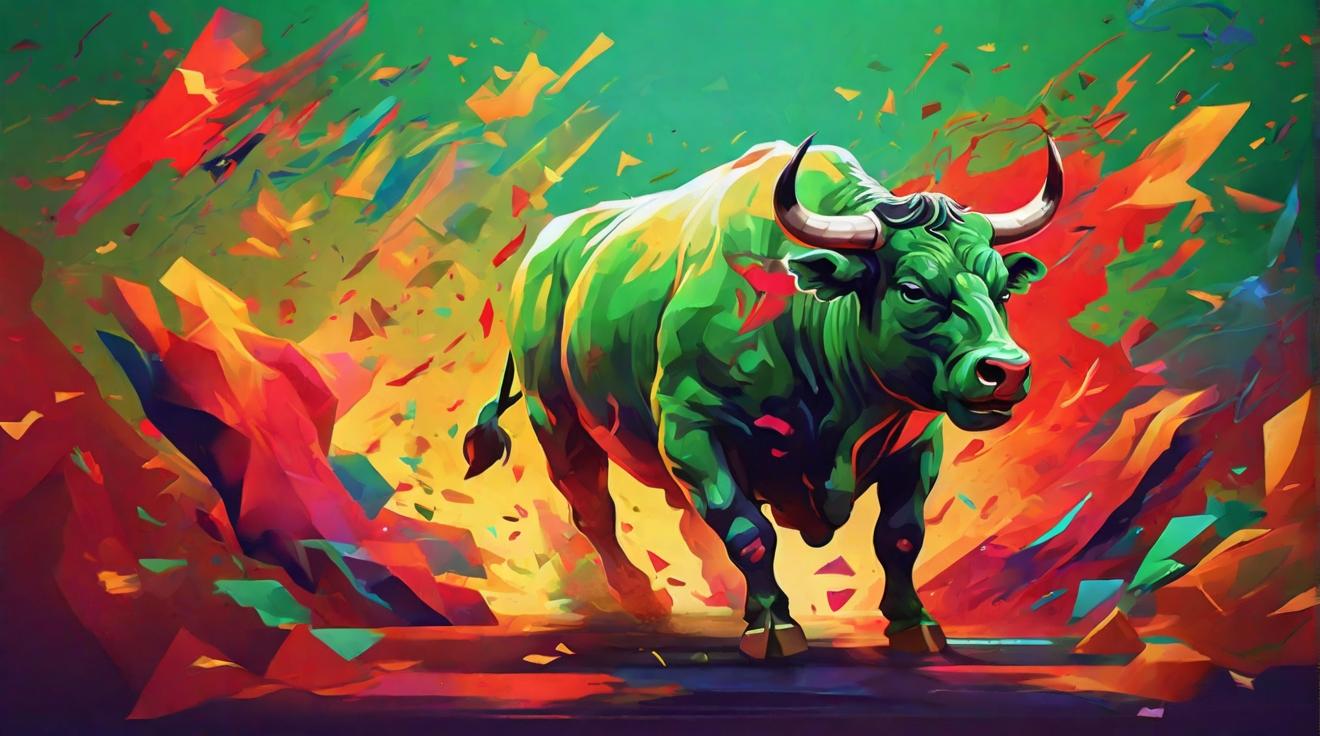Adobe Stock vs. Shutterstock: Stock Photo and Video Libraries and Content Quality SWOT Analysis
Comparing Adobe Stock vs. Shutterstock: A Critical SWOT Analysis
When it comes to searching for high-quality stock photos and videos, two popular options that often come to mind are Adobe Stock and Shutterstock. Both platforms offer extensive libraries of creative content, but it’s important to assess their strengths, weaknesses, opportunities, and threats (SWOT) to make an informed choice.
Stock Photo and Video Libraries: Assessing Adobe Stock and Shutterstock’s Offerings
Adobe Stock boasts an extensive library of over 200 million assets, including photos, videos, illustrations, and templates. With its integration into the Adobe Creative Cloud suite, users can easily access and manage their content across various Adobe applications. On the other hand, Shutterstock offers a vast collection of over 360 million images, videos, and music tracks. It also provides a user-friendly interface and advanced search filters to aid in finding the perfect asset.
Uncovering the Strengths and Weaknesses of Adobe Stock and Shutterstock
One of the major strengths of Adobe Stock is its seamless integration with Adobe Creative Cloud. This makes it convenient for designers and creatives who already use Adobe software. Additionally, Adobe Stock offers high-quality and exclusive content, as it partners with renowned photographers and artists. However, a potential weakness of Adobe Stock is its relatively higher pricing compared to other stock photo platforms.
Shutterstock, on the other hand, is known for its extensive library of images and videos. It offers flexible pricing plans to cater to different budget needs, making it accessible to a wide range of users. Moreover, Shutterstock provides a user-friendly platform with advanced search filters and curated collections. However, it may lack the level of exclusivity and integration that Adobe Stock offers.
Assessing Content Quality: A Detailed SWOT Analysis of Adobe Stock and Shutterstock
Adobe Stock excels in content quality, offering a high standard of imagery and videos. With its partnership with top photographers and artists, users can expect visually stunning and captivating content. Additionally, Adobe Stock’s integration with Adobe Creative Cloud ensures that the content is optimized for various design and editing purposes. On the other hand, Shutterstock’s content quality is also commendable, with a wide range of diverse and commercially-viable visuals. However, due to its larger library size, the overall quality may vary, and users may need to spend more time finding the perfect asset.
Making an Informed Choice: Analyzing Adobe Stock and Shutterstock’s Stock Libraries
Both Adobe Stock and Shutterstock offer impressive stock libraries, but the choice ultimately depends on individual needs and preferences. If seamless integration with Adobe Creative Cloud and access to exclusive content are important, Adobe Stock may be the preferred option. However, if a vast library with flexible pricing and user-friendly features is a priority, Shutterstock may be the better choice. Ultimately, it is recommended to explore and compare the platforms to determine which best suits specific requirements, whether it’s for professional design projects or personal creative pursuits.













